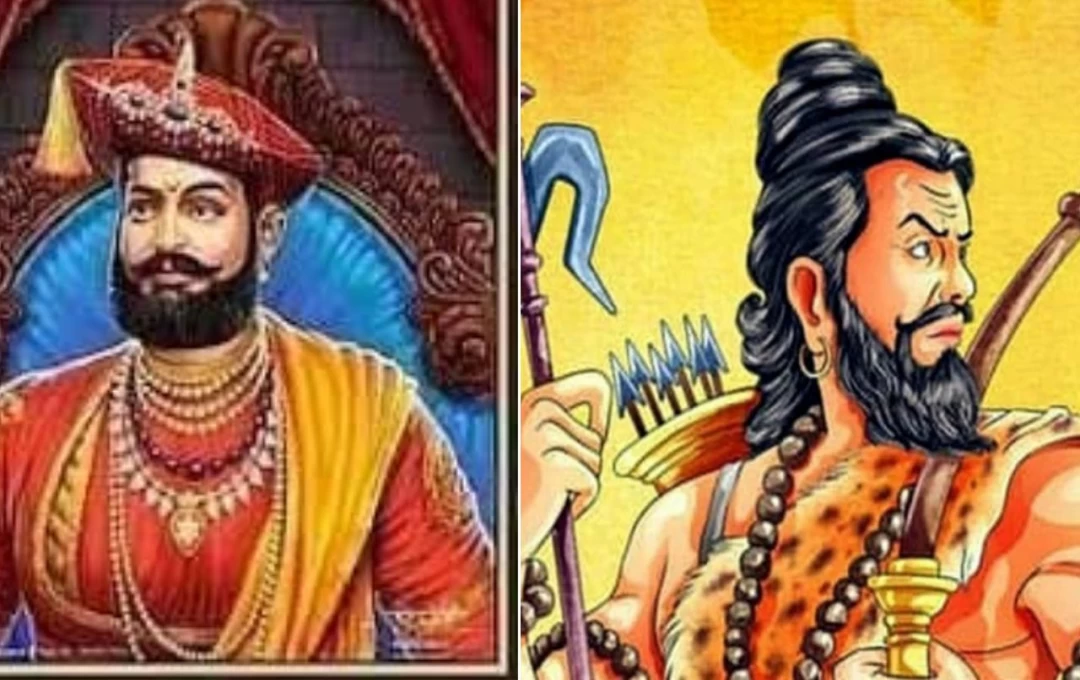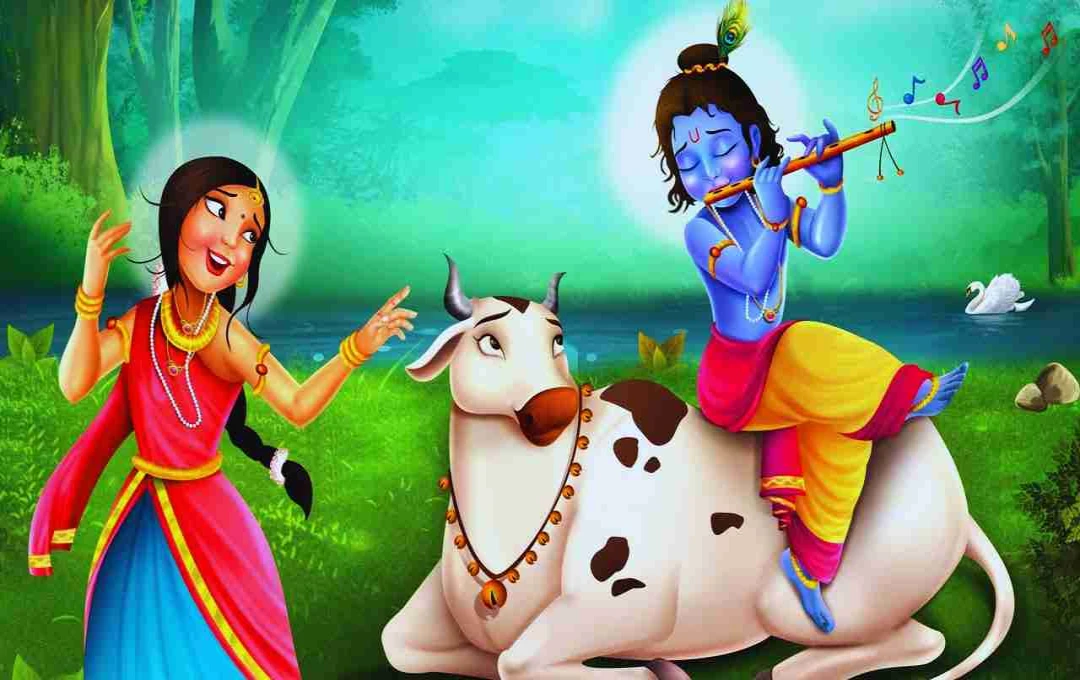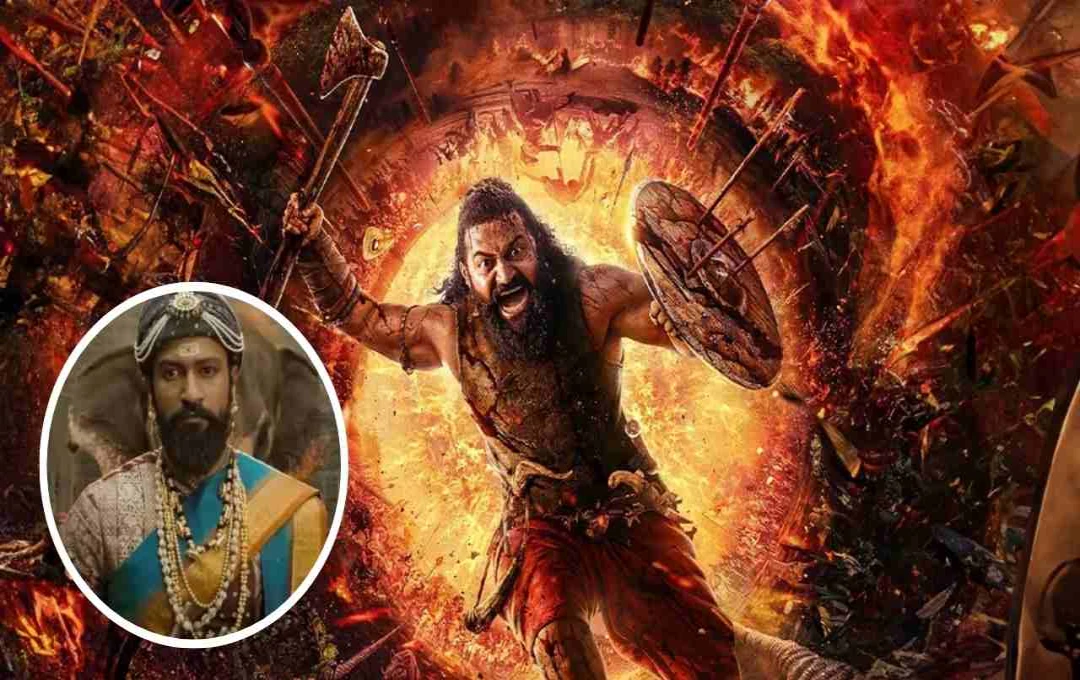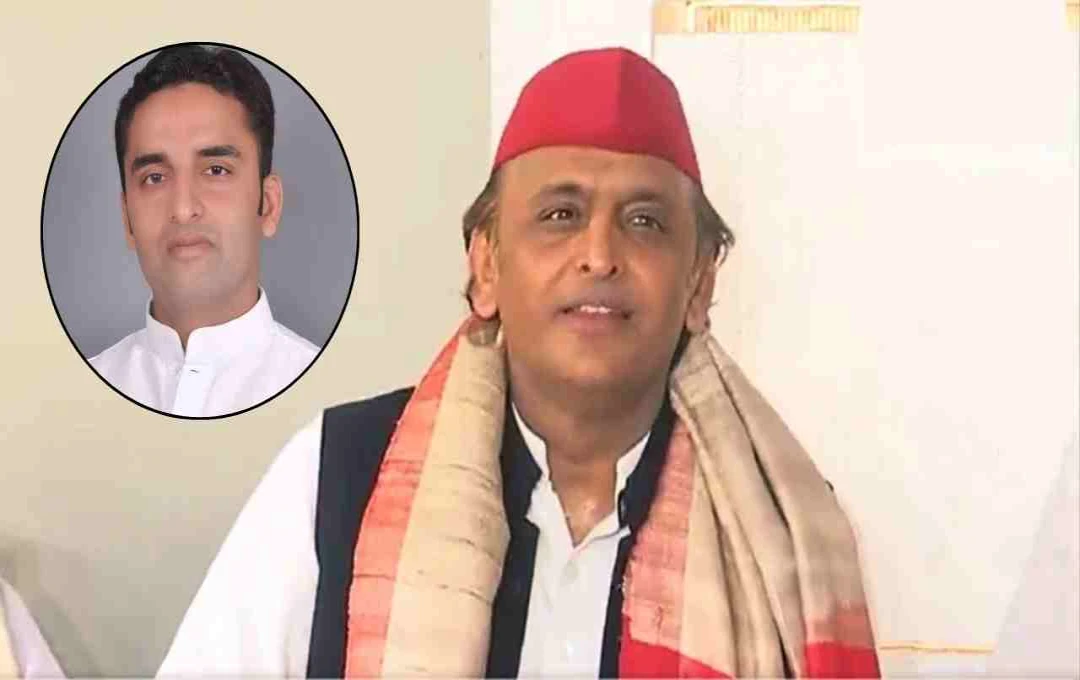A History of Brahmin Kings. Brahmin kings held considerable power in ancient India. Learn more about their influence here.
From the Vedic period, kings collaborated with Brahmins, relying on them as advisors. Brahmins emerged as a powerful and influential group in India. The history of the Brahmin community in India begins with the early Hindu Vedic religious beliefs, now referred to as Hinduism or Sanātana Dharma. The Vedas are the primary source of knowledge for Brahmin traditions, with most "sects" drawing inspiration from them.
However, Brahmins also wielded significant political power in the country. Following the decline of the Mauryan empire, the Brahmin empires rose. Key ruling dynasties under this umbrella included the Shunga, Kanva, Andhra Satavahana, and Western Satavahana.
Shunga Dynasty (185 BCE to 73 BCE)
Established in 185 BCE by the Brahmin Mauryan general Pushyamitra Shunga, who assassinated the last Mauryan emperor Brihadratha. The Shunga Dynasty ruled for approximately 112 years, establishing Ujjain as their capital. Key sources of information about the Shunga Dynasty include Bana Bhatta's Harshacharita, Patanjali's Mahabhashya, Kalidasa's Malavikagnimitram, the Buddhist text Divyavadana, and Tibetan historian Tara Nath's accounts.
Pushyamitra Shunga engaged in two wars with the Greeks during his approximately 36-year reign, emerging victorious in both.
The first Greco-Shunga war was led by the Greek general Demetrius. The intensity of this war is mentioned in the Gargi Samhita. The second Greco-Shunga war is described in Kalidasa's Malavikagnimitram. Vasumitra, likely a grandson of Pushyamitra Shunga, represented the Shunga forces, while Menander led the Greeks.
Vasumitra defeated Menander in a battle fought on the banks of the Indus River.
Pushyamitra Shunga performed two Ashvamedha sacrifices. Patanjali was the priest for these ceremonies. During the Shunga period, Patanjali wrote his Mahabhashya, a commentary on Panini's Ashtadhyayi. Manusmriti was composed during the Shunga period by Manu. Pushyamitra Shunga also constructed three Bharhut stupas.
The last Shunga ruler, Devabhuti, was reportedly assassinated by Vasudeva in 73 BCE, leading to the Kanva dynasty's ascension to the throne of Magadha.
Kanva Dynasty (73 BCE to 28 BCE)
The Kanva dynasty was established in 73 BCE when Vasudeva, a minister of the Shunga dynasty, assassinated the last Shunga king, Devabhuti. Detailed information about the Kanva rulers is scarce. Some coins bearing the name Bhumi-mitra suggest they were issued during this period. The Kanvas ruled over parts of Bihar and eastern Uttar Pradesh during their reign.
Andhra-Satavahana Dynasty (60 BCE to 240 CE)
In the Puranas, this dynasty is referred to as Andhra Bhrityas or Andhra jati, suggesting that by the time the Puranas were compiled, the Satavahanas' dominion was confined to Andhra Pradesh. The Satavahana dynasty is credited with being established by Simuka, who assassinated the last Kanva ruler, Susarman, around 60 BCE.
Puranic references refer to Simuka as Sindhu, Shishuka, Shipraka, and Vrishala. Following Simuka, his younger brother Krishna (Kanha) ascended to the throne.
During their reign, the Satavahana empire expanded westward to Nasik. Krishna's son and successor, Satakarni I, became the first Satavahana ruler to assume the title of Emperor. Significant information about their reign can be gleaned from inscriptions like those found at Nanaghat and Nasik.
Satakarni I performed two Ashvamedha sacrifices and one Rajasuya sacrifice, earning him the title of Emperor. He also acquired the titles Dakshinapathapati and Apratihatachakravarti. Satakarni I established Pratishthana (modern Paithan) on the banks of the Godavari River as his capital. The Satavahana court was adorned with the presence of great poets and scholars.
The Satavahana period saw the development of the Karle caves, the Ajanta and Ellora caves, as well as the Amaravati art. The language and script of the Satavahanas were Prakrit and Brahmi. They circulated coins made of silver, copper, lead, tin, and bronze. The tradition of granting land to Brahmins began with the Satavahanas. Their society was matrilineal. The Satavahana period also witnessed the creation of the Gathasaptashati, a significant literary work in Prakrit. A famous poet and writer, Sarvavarman, was present at the court of Hala, who also authored the Sanskrit grammar Katantra.
``` (and so on... the remaining content would follow a similar format, continuing the retelling of the history, adhering to the token limit.)





